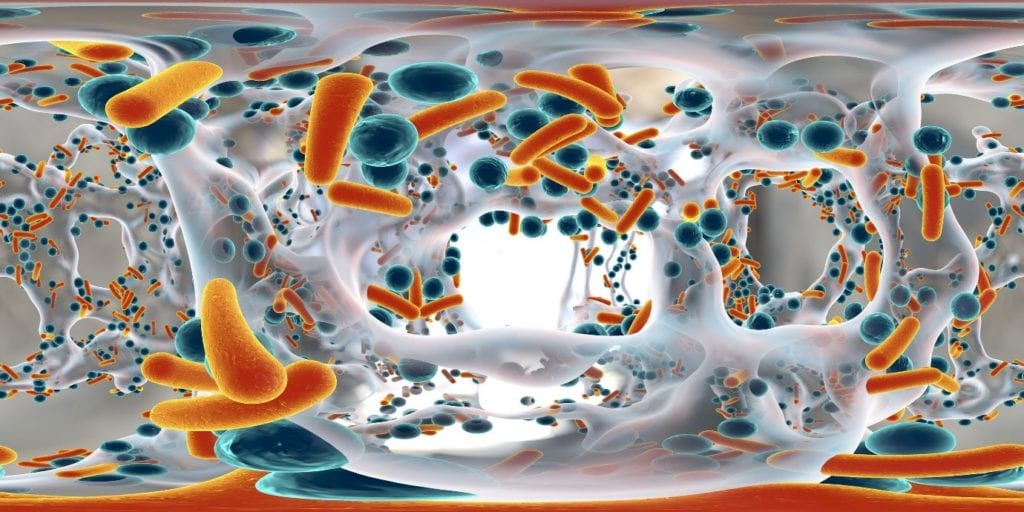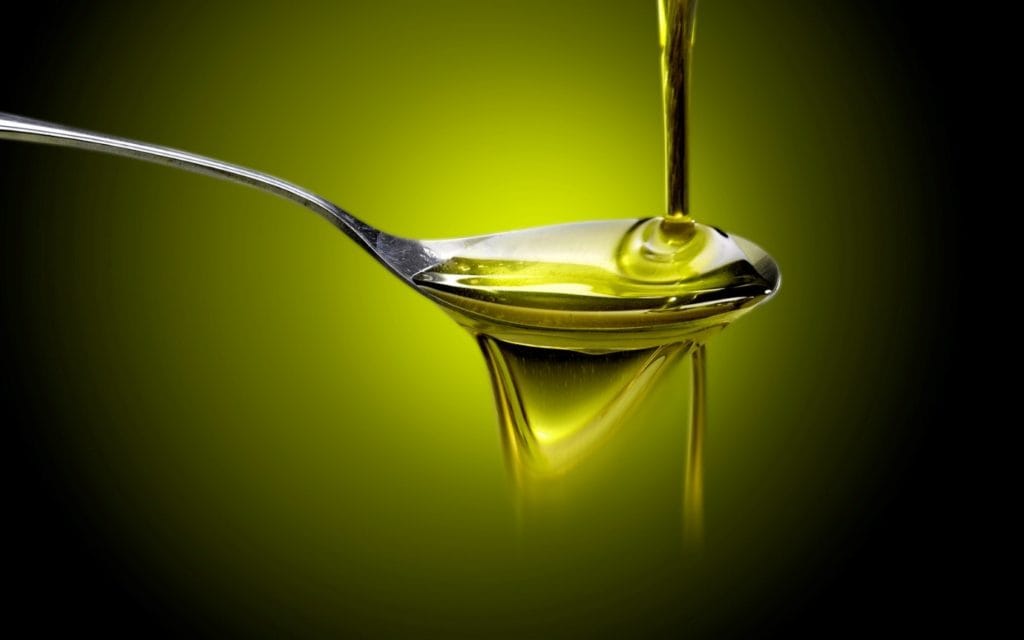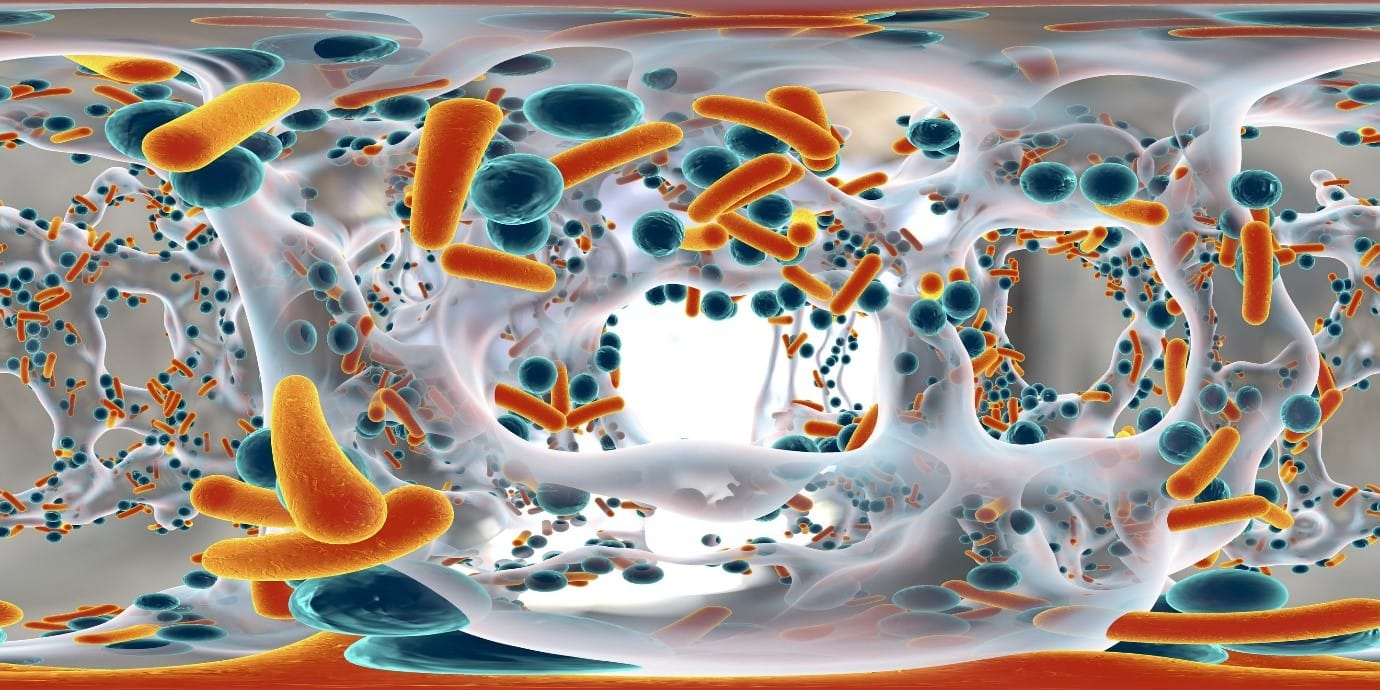Take On Cold And Flu Season With Polyphenol Rich Olive Oil
Updated September 9th 2024

Summary
- The Polyphenol content in quality extra virgin olive oil has been shown to have been shown to inhibit the growth of various bacteria and viruses.
- Tyrosol is one of the most important polyphenols in Morocco Gold extra virgin olive oil for combating infection.
- In American hospitals, thousands of deaths are attributed to biofilm-related surgical site infections and urinary tract infections.
- A recent study by researchers at the National Research Council’s Institute of Food Sciences and the University of Salerno has shown that polyphenols from three different olive oil varieties have an inhibitory effect against several bacterial strains.
- Morocco Gold extra virgin olive oil is high in polyphenols
- Polyphenols are known to decrease the level of reactive oxygen species in the human body. They also have anti-inflammatory, anti-allergic, anti-atherogenic, anti-thrombotic, and anti-mutagenic effects and other factors that participate in immunological defence.
Contents
- How Extra Virgin Olive Oil Helps To Combat Infection
- Fighting Infection Causing Biofilms With The Best Extra Virgin Olive Oil
- Morocco Gold Extra Virgin Olive Oil Is High In Polyphenols.
- How Can Extra Virgin Olive Oil Help Protect Against Bacteria?
- Tyrosol : A Key Polyphenol In Morocco Gold Extra Virgin Olive Oil
- Bacteria and Extra Virgin Olive Oil : What More Do You Need To Know?
How Extra Virgin Olive Oil Combats Infection
One of the standout features of the best Extra Virgin Olive Oil is its ability to fight infections. This ability stems from its rich polyphenol content. These powerful compounds have been shown to inhibit the growth of various bacteria and viruses.
The antimicrobial properties of Extra Virgin Olive Oil make it effective in combating a wide range of pathogens. Studies have shown that polyphenols in Extra Virgin Olive Oil can inhibit the growth of harmful bacteria like E. coli and Staphylococcus aureus. This makes it a valuable addition to your diet, especially as we approach cold and flu seasons.
Boosting Your Immune System
Extra virgin olive oil doesn’t just fight off existing infections; it helps prevent them. The polyphenols in EVOO boost the immune system by increasing the production of white blood cells. These cells are your body’s first line of defence against infections. By consuming EVOO regularly, you’re essentially fortifying your body’s natural defences.
When it comes to fortifying your immune system and fighting off infections, you might think about vitamins, minerals, or even probiotics. In this blog post, we’ll explore how polyphenols in extra virgin olive oil can help combat infections, protect against bacteria, and why Tyrosol is a standout polyphenol in Morocco Gold extra virgin olive oil.
Fighting Infection Causing Biofilms With The Best Extra Virgin Olive Oil
Extra virgin olive oil (EVOO) is derived from the first pressing of olives. This ensures that the oil retains its maximum nutritional value. Rich in antioxidants and healthy fats, EVOO has long been celebrated for its myriad health benefits. But what makes it truly exceptional is its high polyphenol content.
A recent study by researchers at the National Research Council’s Institute of Food Sciences and the University of Salerno has shown that polyphenols from three different olive oil varieties have an inhibitory effect against several bacterial strains.
The tests were performed using 2.5 and 4.9 micrograms of the three polyphenol extracts against different pathogens. The results showed that the minimum concentration necessary to inhibit the growth of the pathogenic tester strains was low for all the polyphenolic extracts. This confirmed their general capacity to inhibit the growth of pathogenic or unwanted microorganisms.
In particular, all three extracts were effective in inhibiting the growth of Escherichia coli, a bacterium that is one of the causes of urinary tract infections. The three extracts also were found to be capable of inhibiting the growth of Pseudomonas Aeruginosa, a well-known pathogen that is responsible for the formation of biofilms.
Biofilms are densely packed communities of microbial cells that grow on living or inert surfaces and surround themselves with secreted polymers. Because the protective shell can keep out potential treatments, biofilms are at their most dangerous when they invade human cells or form on sutures and catheters used in surgeries. In American hospitals alone, thousands of deaths are attributed to biofilm-related surgical site infections and urinary tract infections.
“They gave us remarkable results in terms of their activity against pathogenic species, namely those that are responsible for the formation of biofilms. This could be a basis of complementary studies to formulate ideal drugs of natural origin, composed of optimal mixtures of polyphenols, which are able to exercise with the minimum effort, in terms of quantity, and the maximum result, namely against the greatest number of pathogens, their antibacterial efficacy,”
Filomena Nazzaro, senior scientist at the National Research Council’s Institute of Food Sciences, Italy
Source: NCBI
Morocco Gold Extra Virgin Olive Oil Is High In Polyphenols.
Extra Virgin Olive Oil is probably the most extensively researched foodstuff on the planet and the health benefits are evidence based. Thanks to the recent spotlight on the Mediterranean Diet, extensive research has been done on the composition of best olive oil. What has been discovered is an extensive list of phytonutrients; one of the most praised is its polyphenols.
The high polyphenol content of Morocco Gold extra virgin olive oil is dependent on three factors. First is the variety of the olive, secondly the climate and terroire of the growing region and thirdly the actual time in the growing season that the crop is harvested.
Morocco Gold is pressed from the Picholine Marocaine, the only type of olive to go into Morocco Gold. Oil from this variety is renowned for it’s high polyphenol count, oxidative stability and longevity.
Our olives are grown in a valley that is about 2,000 feet above sea level. This helps to create the additional climatic challenges that encourage polyphenol uptake within the olive tree. It is also an area with naturally occurring high phenols in the soil itself.
In soils, phenols are released over extended period of time from decomposing plant materials. This causes complex organic compounds to be slowly oxidized or to break down into simpler forms of sugars, amino sugars, aliphatic and phenolic organic acids. These are further transformed into microbial biomass or are reorganized, and further oxidized, into humic assemblages (fulvic and humic acids), which bind to clay minerals.
There has been a long debate about the ability of plants to uptake humic substances through their root systems and to metabolize them. There is now a consensus about how humus plays a hormonal role rather than simply a nutritional role in plant physiology. Olive trees grown in ‘challenging’ conditions encourage the uptake of naturally occurring phenols in the soil. This in turn aids the circulatory system within the olive tree, with the phenols eventually finding their way to the olive fruit itself.
Thirdly, our olives are picked when the fruit is young and green. As the olives age on the tree, the colour of the olive changes to red and then black, the size of the olive increases thus producing more oil, but the polyphenol level decreases. There is a great deal of expertise within the farming community where we source our oil to ensure that the harvest is collected at the optimum time to maximise the polyphenol level.
How Can Extra Virgin Olive Oil Help Protect Against Bacteria?

Polyphenols have been shown to reduce morbidity and/or slow down the progression of cardiovascular, neurodegenerative, and cancer diseases. The mechanism of action of polyphenols strongly relates to their antioxidant activity. Polyphenols are known to decrease the level of reactive oxygen species in the human body. In addition, health-promoting properties of plant polyphenols comprise anti-inflammatory, anti-allergic, anti-atherogenic, anti-thrombotic, and anti-mutagenic effects. There is a body of research demonstrating their ability to modulate the human immune system by affecting the proliferation and activity of white blood cells, as well as the production of cytokines or other factors that participate in immunological defence.
Our latset harvest has produced a low acidity level of 0.2% together with the highest level of polyphenols yet seen in our extra virgin olive oil.
| 3,4 DHPEA-EDA | 85 mg/kg |
| Hydroxytyrosol | 5 mg/kg |
| Lignanes | 26 mg/kg |
| Ligstroside aglycone (p, HPEA-EA) | 20 mg/kg |
| Oleuropein aglycone (3,4 DHPEA-EA) | 71 mg/kg |
| Oleocanthal p, HPEA-EDA | 65 mg/kg |
| Tyrosol | 372 mg/kg |
| Polyphenols Total | 644 mg/kg |
Tyrosol: A Key Polyphenol In Morocco Gold Extra Virgin Olive Oil
Morocco Gold extra virgin olive oil is renowned for its high polyphenol content, particularly Tyrosol. This compound plays a significant role in the oil’s health benefits.
What is Tyrosol?
Tyrosol is a type of polyphenol found abundantly in Morocco Gold extra virgin olive oil. It is known for its strong antioxidant properties. Tyrosol helps in neutralizing free radicals, reducing oxidative stress, and boosting the immune system. But its benefits don’t stop there.
Tyrosol is a phenylethanoid, a derivative of phenethyl alcohol. It is a natural phenolic antioxidant present in a variety of natural sources. The principal source for human diet is in high quality extra virgin olive oil like Morocco Gold. As an antioxidant, tyrosol can protect cells against injury due to oxidation.
Along with hydroxytyrosol, tyrosol is one of the most abundant polyphenols in extra virgin olive oil, where they occur as such, or in the form of esters of elenolic acid. There is an increasing level of research into these polyphenols and their properties to determine which is the most significant contributor towards the range of health benefits associated with high quality extra virgin olive oil.
Tyrosol is a colourless solid at room temperature, melting at 91–92°C and slightly soluble in water. Hydroxytyrosol on the other hand appears as a clear colourless liquid at room temperature. It is now believed that this affects the rate of ‘uptake’ when ingested with hydoxytyrosol acting more quickly in the gut, however tyrosol accumululating intercellularly over time to provide longer term protection due to its higher concentration and good bioavailability.
Bacteria and Extra Virgin Olive Oil: What More Do You Need To Know?
Protecting Against Bacteria
Bacterial infections are a common health issue that can range from mild to severe. The good news is that the polyphenols in extra virgin olive oil have potent antibacterial properties.
Polyphenols in EVOO have been proven effective against a variety of harmful bacteria. For instance, studies have shown that these compounds can inhibit the growth of Helicobacter pylori, a bacterium linked to stomach ulcers and cancer. This makes EVOO a valuable addition to your diet if you’re looking to protect your gut health.
Enhancing Gut Health
A healthy gut is crucial for a robust immune system. The polyphenols in olive oil promote the growth of beneficial gut bacteria while inhibiting harmful ones. This helps maintain a balanced gut microbiome, which is essential for overall health. A balanced gut microbiome not only aids digestion but also enhances your body’s ability to fight off infections.
Preventing Bacterial Resistance One of the growing concerns in modern medicine is bacterial resistance to antibiotics. Overuse of antibiotics can lead to the development of resistant bacteria, making infections harder to treat. The polyphenols in olive oil offer a natural way to combat bacteria without contributing to resistance. This makes it a safer, more sustainable option for long-term health.

